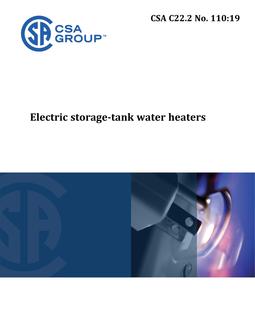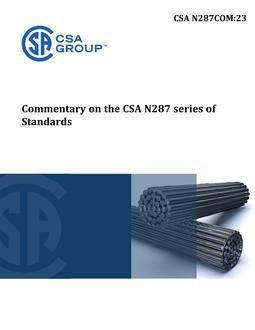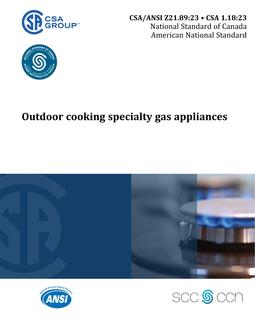
CSA C22.2 NO. 110:19
- Comments Off on CSA C22.2 NO. 110:19
- CSA
Click here to purchase
Preface:
This is the sixth edition of CSA C22.2 No. 110 Electric storage-tank water heaters, one of a series of Standards issued under Part II of the Canadian Electrical Code. It supersedes the previous editions published in 1994, 1990, 1981, 1973, and 1957 under the title Construction and Test of Electric Storage-Tank Water Heaters.
This edition updates the 1994 edition of C22.2 No. 110. The major differences include the update of supply connection requirements, overcurrent protection requirements, spacing requirements, and strain relief test requirements. It also addresses general maintenance revisions including reference publication updates.
Scope:
1.1
This Standard applies to both cord-connected and permanently connected storage-tank water heaters*, having tanks less than 610 mm inside diameter, for use on nominal system voltages of 600 V and less, and designed to be used in nonhazardous household and commercial locations in accordance with the Rules of the Canadian Electrical Code, Part I.
* For convenience only, the shorter term water heater is used herein.
1.2
This Standard applies to water heaters that provide for the storage of hot water.
Note: The water is heated by immersion heater elements within the tank, wrap-around or other form of surface contact heater elements, or electrically heated circulation type units located either within the jacket or externally. Other types of electric heating, except as excluded by Clause 1.3, may be accepted subject to investigation.
This Standard applies to the water-heater section of kitchen units, combined with a cooking range, refrigerator, water pump, etc.
1.3
This Standard does not apply to
a) immersion type water heaters (see Clause 1.2);
b) side-arm type water heaters not attached to a storage tank; or
c) immersed-electrode type water heaters.
1.4
In this Standard, “shall” is used to express a requirement, i.e., a provision that the user is obliged to satisfy in order to comply with the Standard; “should” is used to express a recommendation or that which is advised but not required; and “may” is used to express an option or that which is permissible within the limits of the Standard. Notes accompanying clauses do not include requirements or alternative requirements; the purpose of a note accompanying a clause is to separate from the text explanatory or informative material. Notes to tables and figures are considered part of the table or figure and may be written as requirements. Annexes are designated normative (mandatory) or informative (non-mandatory) to define their application.
Product Details
- Edition:
- 6th
- Published:
- 12/01/2019
- ISBN(s):
- 9781488324475
- Number of Pages:
- 39
- File Size:
- 1 file , 660 KB
- Product Code(s):
- 2427523, 2427523



